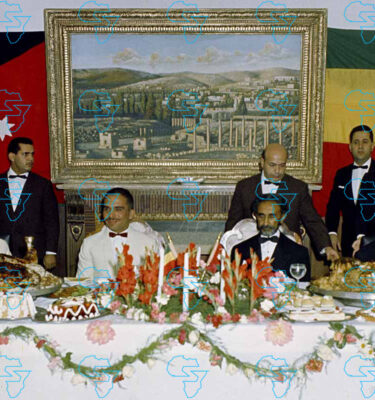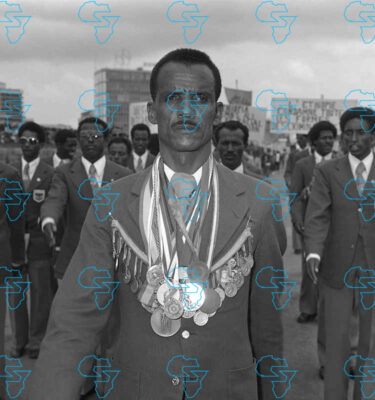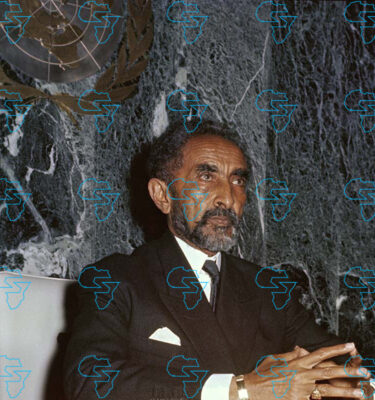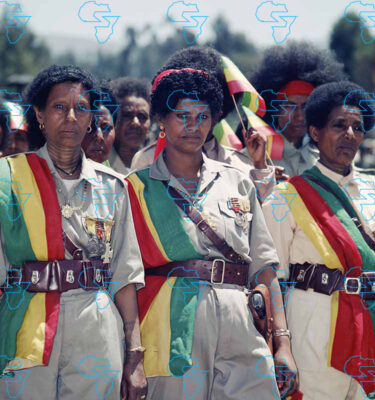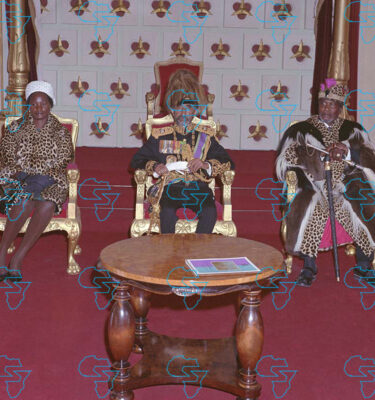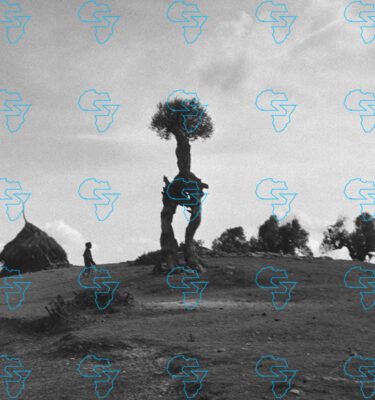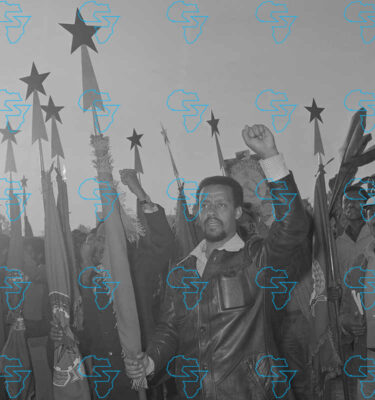
Ethiopia, a country with a rich history marked by both unity and diversity, has encountered numerous internal conflicts over the past few decades. One of the most pressing challenges today is the ongoing conflict in the Amhara region, which has deeply affected both the area and the nation at large.
A major player in this conflict is the Fano militia. Initially formed as a loosely organized group of armed volunteers, Fano has evolved into a formidable force in Amhara. Their popularity among Amhara nationalists soared as they were viewed as defenders of the region’s rights and territorial claims.
In this episode of African Biographics, we look at the origins of Fano, a militia group deeply rooted in Ethiopia’s Amhara region, and examine the complex factors that have led to the current conflict in the area.
.
.
.
#Origins #Ethiopias #Notorious #Fano #Rebels #Amhara #Conflict
Source link



